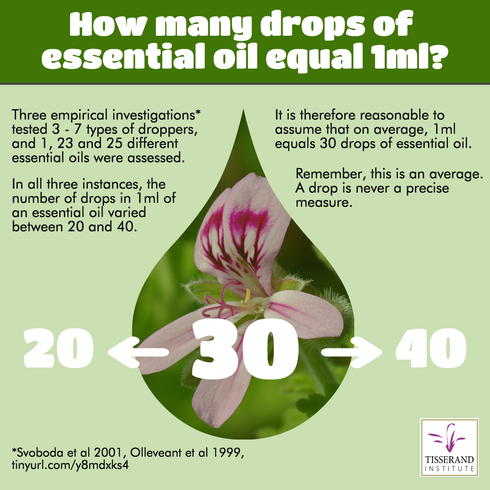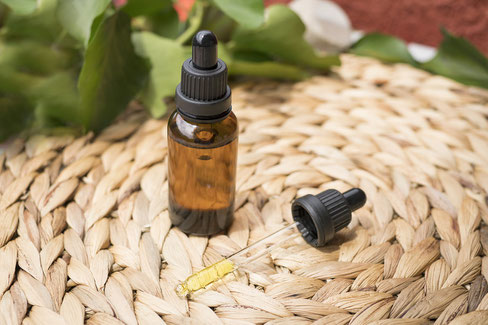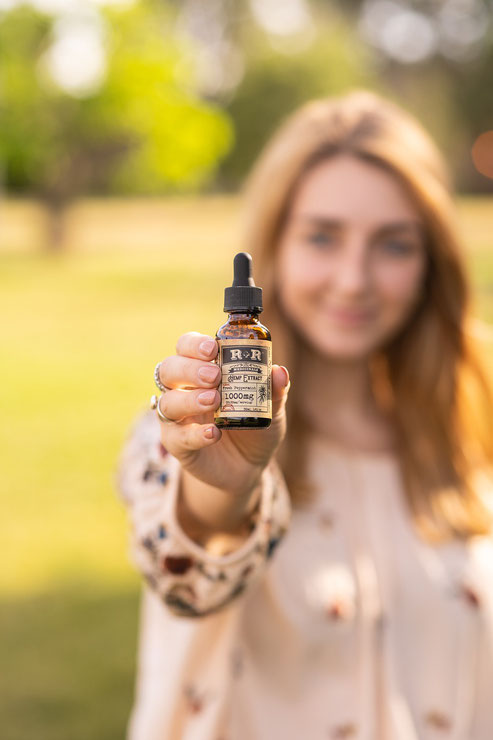How many drops of essential oil in one ml?
When I was creating my dilution calculator, I needed to set a fixed number of drops per ml.
I remember having originally been taught that there are 25 drops per ml of essential oil.

The essential
It is important to know how many drops of aromatic oil you need to do one ml. Most of the recipe on the Internet is given with a number of drops for each oil used in the blend. By knowing the number of drops per milliliter you can easily do the calculation to fill any container (no matter the size of the bottle).
1. Number of drops per ml
2. Calculation around the number of drops
3. What influence the number of drops?
4. Conclusion
- Very Essential People
- Disclaimer
- Pictures
1. Number of drops per ml
I recently did some research and found an excellent article by the Tisserand Institute which addresses this very issue [link]. Actually, experiments show that there are between 20 and 40 drops of essential oil in one ml.
This range expresses only the minimum and maximum numbers of drops empirically measured to constitute 1 ml.
Therefore, in most cases, the actual 1 ml mark is somewhere within that range. As it is said on the infographic, 30 drops per ml are certainly a good approximation.

2. Calculation around the number of drops
Then, I did some calculations on my own in order to get a better handle on the difference.
If you prepare a 10% dilution rate blend of vegetable oil and essential oil in a 100 ml bottle, you need to add 200 (20 drops/ml) drops of EO.
- If the number of drops/ ml is 30, you need 300 drops.
- At 40 drops/ml, you would need to add 400 drops.

However, the math leads us to wonder what the impact is when you prepare a 20% blend when the number of drops per ml is less than expected?
While you may not produce the intended result, the good news is that you make a weaker blend than expected.

Weaker blends are certainly “safer” to use. This is especially important when you make a facial cosmetic cream (whose maximum recommended dilution rate should not exceed 1,5%).
When I first started learning about essential oils, I was told to estimate 25 drops/ml. As it turns out, that figure seems to represent a pretty good rule of thumb.
3. What influence the number of drops?
However, this then led me to wonder where the difference in the number of drops/ml actually came from. There are several factors that influence drop size, including:
- The kind of dropper on the bottle
- The kind of essential oils used
- The temperature of the storage
If you want to be very precise (and have the correct equipment), you can make your dilution calculations by weight instead of volume. In this way, you avoid the number of drops per ml problem.
However, such precision comes at buying a very accurate scale. In order to minimize error, it is also recommended to operate via larger batches of balm or blend.

4. Conclusion
To sum up, using 30 drops per ml is a simple, relatively safe, and easy way to do the math for the dilution of essential oils for personal use. Although the default setting is 30 drops /ml, in my dilution calculator, I have set it up so that you can set your own parameters of drops/ml.
Be safe, be essential!
Very Essential People
You can be part of the VEP group.
You will get informed of the new articles and you will get discounts on the Après-You e-shop, you just have to sign up.
It is free and without engagement.
Disclaimer
I do not pretend or want to replace any medical judgment or prescription. All the information within this post is intended to be informative! Please, always use essential oils carefully and with respect. In case of doubt, always ask a medical professional first.
Pictures
If you have any questions or remarks about the pictures and credits, feel free to send an email to info@apres-you.com.

